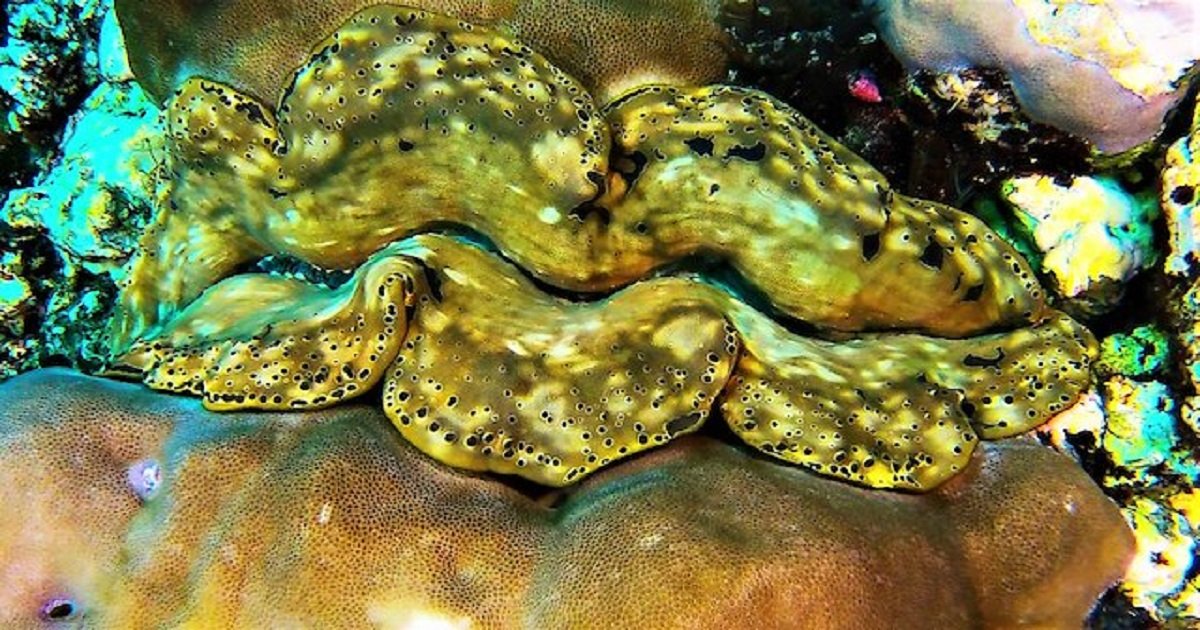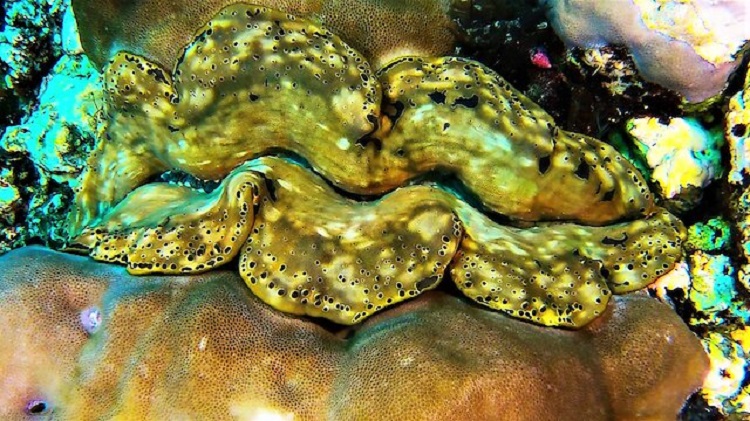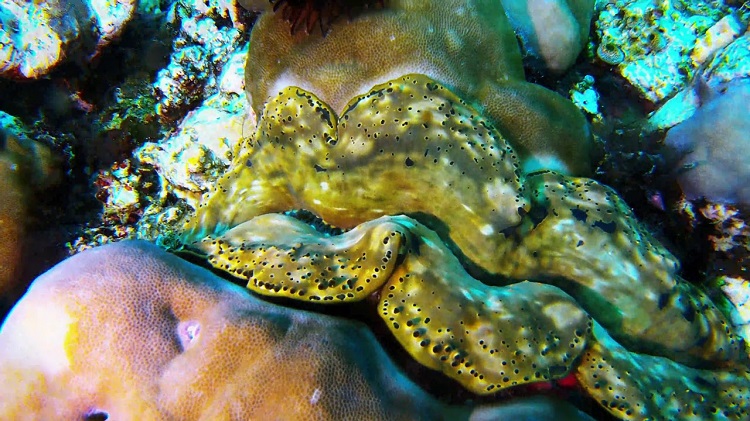The ocean is always captivating and that has been true ever since the first humans discovered the sea.
Despite primitive means of navigation, our forebears still managed to brave the seas despite all the dangers and discover new lands and cultures.
It’s only apt that humans hold such a fascination for the oceans because it covers more than 70% of our planet. In fact, some people say that the final frontier is not out in space but deep underwater, a place that still thwarts most of our efforts to explore simply because of the tremendous water pressure at those depths.
Watch the video of a clam that looks like puckered lips!
[rumble video_id=v5vyio domain_id=u7nb2]
Video credit: Rumble
But even at those depths that are accessible to the human body, there are many wonders to discover which is why a lot of people get addicted to scuba diving. There is something magical about exploring another world that is so different from the one you see every day.
In this case, a group of divers made an unexpected yet wonderful discovery when they happened upon a giant clam that looked like it had the biggest puckered and smiling lips in the world.
The encounter occurred somewhere in the Pacific Ocean off the coast of Papua New Guinea. The clam was also aware of the divers as it kept opening and retracting its mouth in response to how the divers moved.
Giant clams can reach 4 feet across and weigh in at more than 500 lbs. They start off as tiny larvae just drifting along the ocean currents. They only have one chance to choose the spot that they will call their home and once the lodge themselves there, that is where they will live the rest of their lives. It can take a clam anywhere from three to ten years to grow to a size that would keep them safe from most predators.
Giant clams can sense their surroundings through several hundred light sensors that serve as their eyes. These eyes can recognize images, detect movement, and sense any dimming of illumination. They can also retract into the shell if there is a danger present.
As can be expected of a creature that is rooted in place, reproduction is a challenge. The release of sperm and eggs is the magic of synchronization with other nearby clams. Females clams release nearly 500 million eggs in one go to increase the chances of fertilization.
Giant clams once thrived in the Pacific Ocean but sadly, their numbers were greatly reduced as the years have passed.
Replaced!




